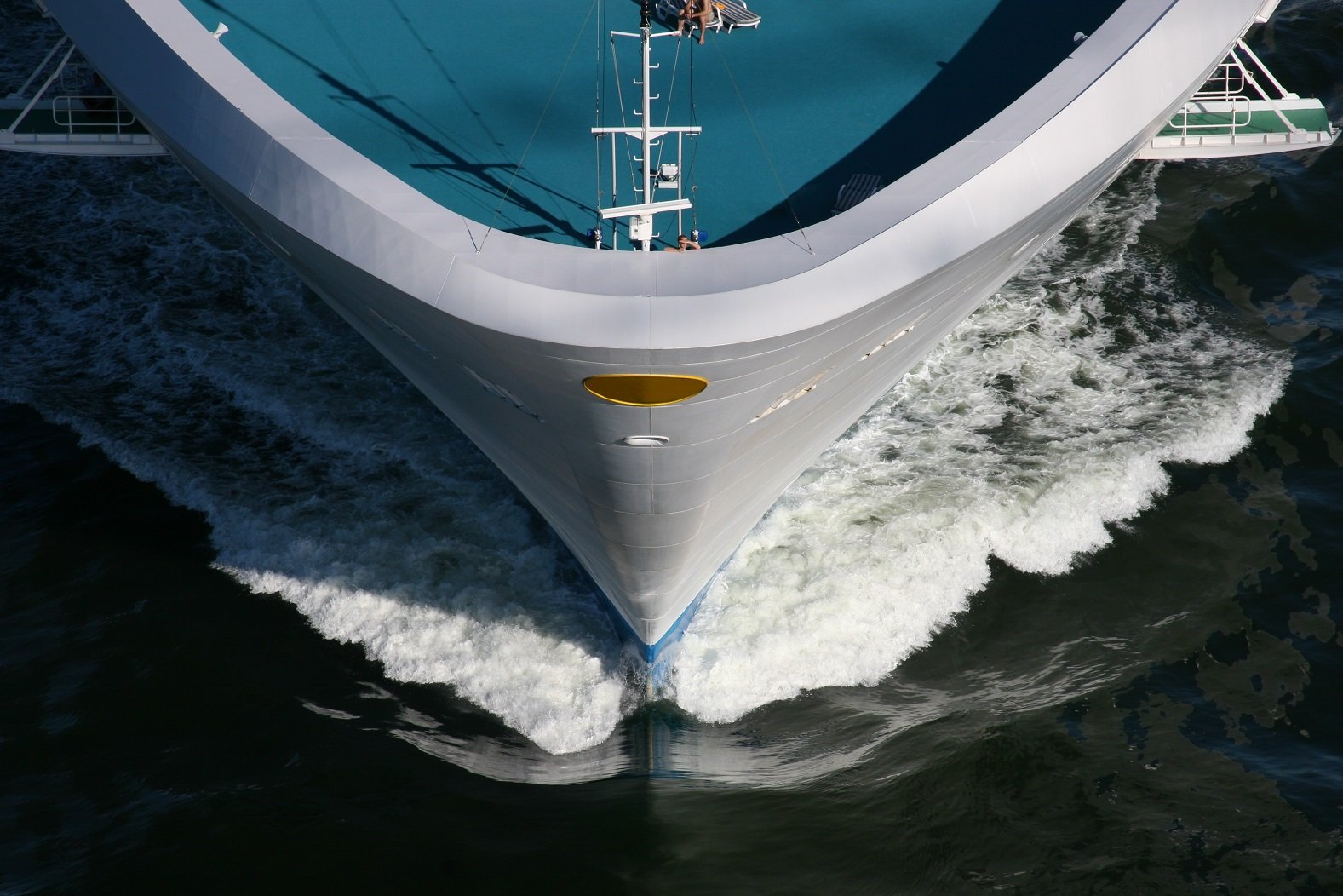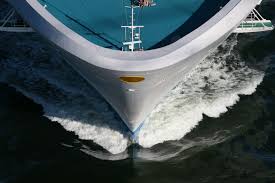It's been a little more than a week since I wondered if it was safe to hop back on the cruise line stocks. Carnival Cruise Line (CCL +1.39%) (CUK +1.40%), Royal Caribbean International (RCL +2.36%), and Norwegian Cruise Line (NCLH +0.66%) were trading 62% to 67% below their 52-week highs, and it seemed as if there would eventually be a good time for opportunistic investors to play bottom-feeders and start nibbling on the lines.
Back then three stocks were trading at trailing earnings multiples in the midsingle digits. The two larger players were packing yields in the high single digits. Were we at the perfect port of call where value, income, and growth investors could come together and agree that Carnival, Royal Caribbean, and NCL were worth buying? The short answer was that it was not the right time to buy. The stocks have continued to take on water, but the industry itself is also under fire. All three stocks are substantially cheaper now, but it doesn't mean that they are better buys.

Image source: Carnival.
That sinking feeling
Just about everything that can go wrong for the industry has in fact gone wrong over the past few days. All sailings have been suspended in an effort to contain the COVID-19 pandemic, and analysts are down to wondering how long the players can survive without passengers swaying at the midnight buffets.
Harry Curtis at Nomura Instinet feels that the three players have enough borrowing capacity and flexibility to stick it out for roughly a year, and perhaps even longer if the federal government steps in with low- or no-interest loan guarantees. All three cruise lines have suspended sailings through at least mid-April, but there's no reason to believe that folks will be hopping on vessels anytime soon. It seems as if every few days there is a story of a mishandled coronavirus outbreak on a sailing.
Other Wall Street pros aren't as generous as Curtis. Thomas Allen at Morgan Stanley believes that Norwegian Cruise Line has enough liquidity to get through nearly five months without the need to raise capital. Stifel analyst Steven Wieczynski feels that Royal Caribbean will face a funding shortfall if it isn't back on the water in six months.
The bullish thesis for the industry has changed over the past week. Wall Street has gone from expecting a slight dip in earnings in 2020 to expecting an outright deficit. Those low trailing earnings multiples that have only gotten lower with the continued sell-off are no longer relevant. The expectation now is that the industry will return to profitability in 2021, but its ability to get there is in question.
A week ago there was hope of a government bailout for the industry, but with the cruise lines paying so little in U.S. taxes -- most of their revenue is generated on foreign-flagged ships sailing international waters -- the public call is for other domestic industries to receive financial relief first. The industry may have to save itself, and no matter how things play out, it's a safe bet that the beefy yields on Carnival and Royal Caribbean are off to Davy Jones' locker. With near-term losses looming and any bailout likely contingent on not returning money to shareholders, the big dividend should not factor into any buying decision.
Even in the best-case scenario of the pandemic passing sooner rather than later, it's not as if the industry will be set for smooth sailing. Will customers trust ships after horror stories of detainment and how quickly coronavirus spread among passengers? Before we even get to that test, the strong likelihood of a global recession may nip the ability and desire to pay for a luxury cruise in the bud. The stocks are ridiculously low right now, but the prospects for the industry have also never been darker.









